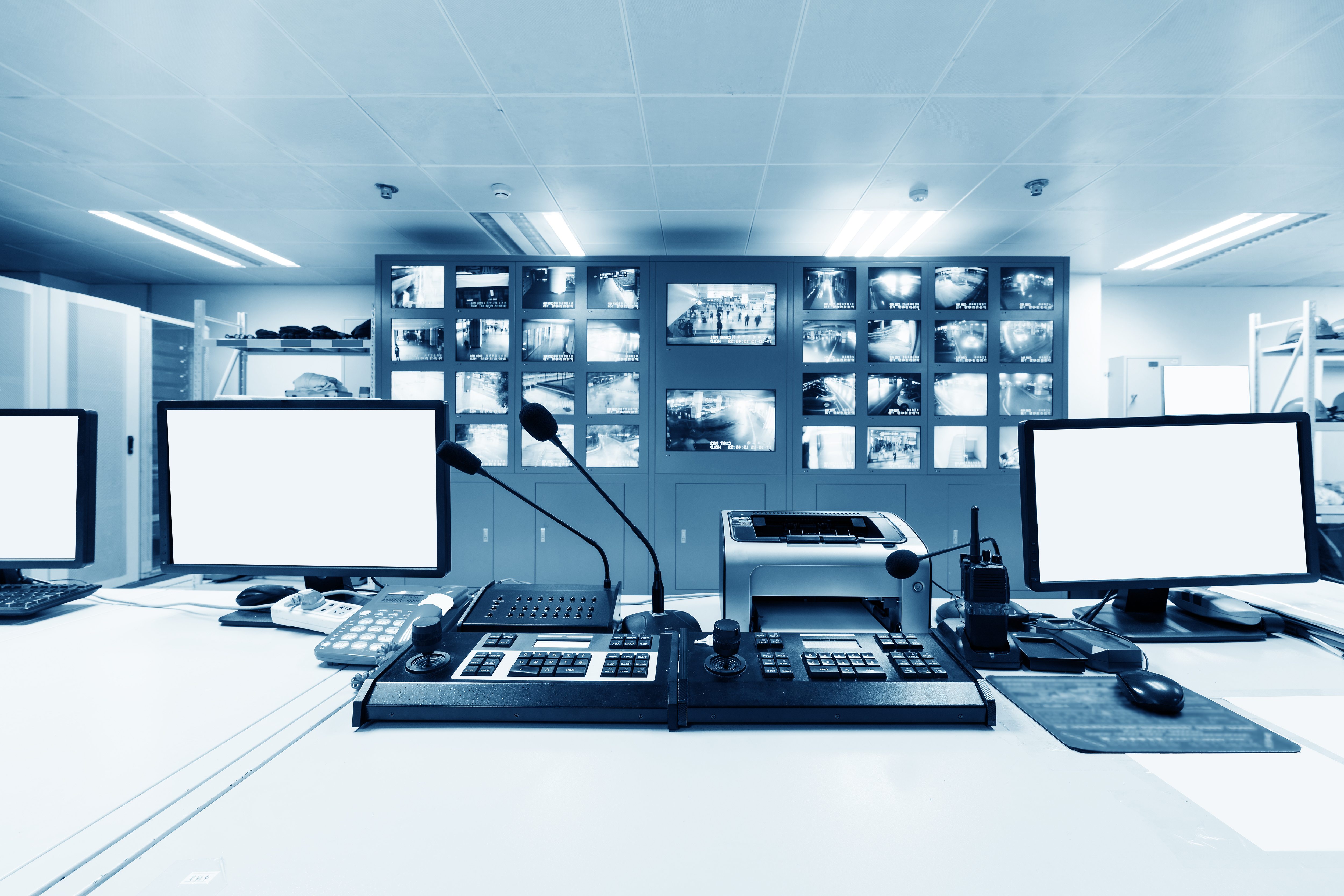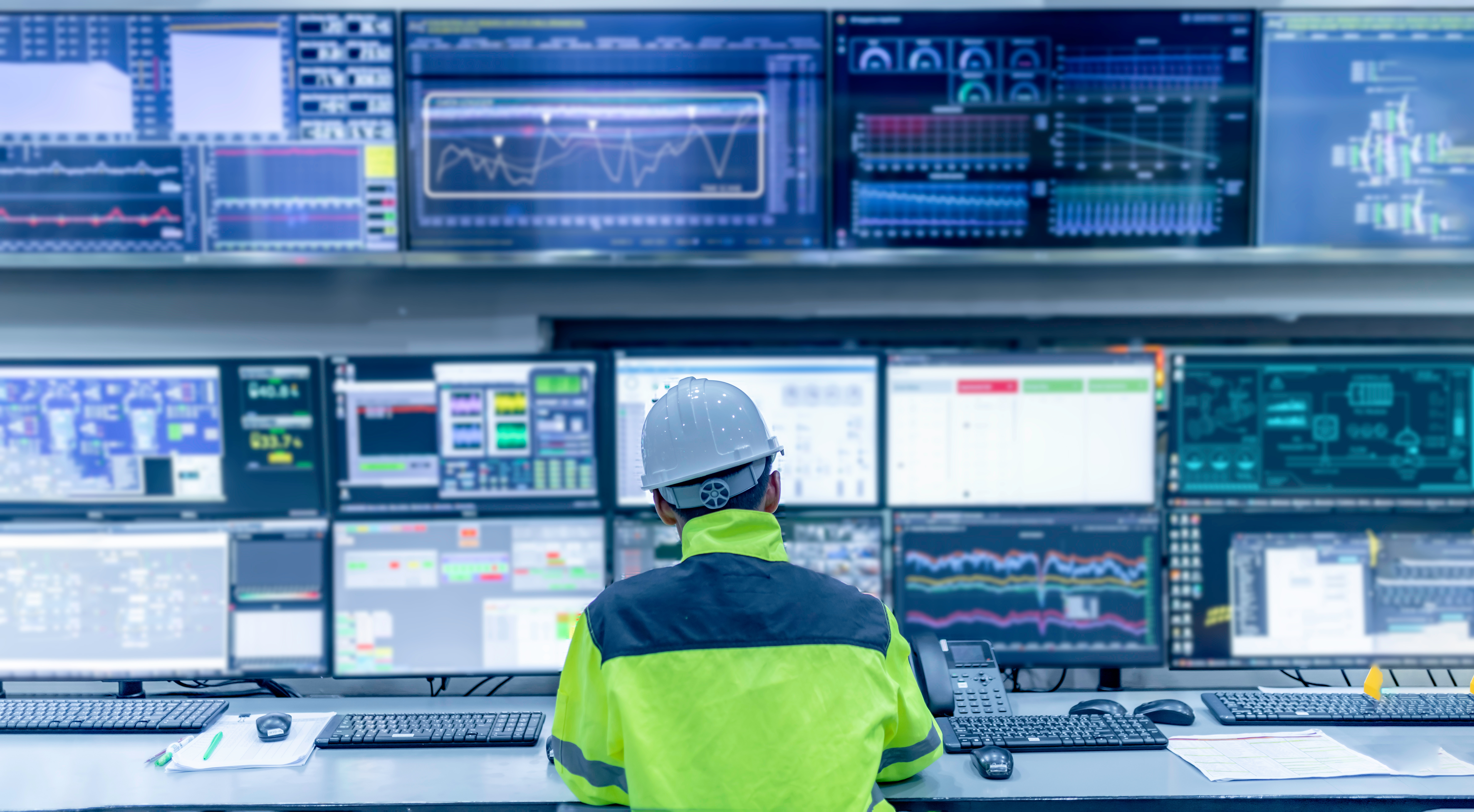
The Expanding Role of Control Rooms
In today’s high-stakes, information rich environments, control rooms have become the core of critical operations. From broadcast studios and security surveillance to utility companies, emergency response centers, and large-scale corporate campuses, control rooms are responsible for managing massive flows of data and translating it into clear, actionable decisions. As AV technology continues to evolve, the role of the control room has expanded, transforming from a passive monitoring space into an active hub of real-time collaboration and communication.

From Legacy Systems to AV Powerhouses
Control rooms have historically been associated with industries such as military operations, public safety, transportation, and energy. These environments required centralized monitoring of complex systems and the ability to respond to emergencies in seconds. Early AV integrations were relatively basic, static monitors, one-way audio, and limited visual flexibility. Today, control rooms are dynamic ecosystems that rely on sophisticated AV infrastructure to deliver clarity, responsiveness, and connectivity. Ultra-wide video walls, real time data visualization, integrated audio solutions, and seamless switching and distribution systems are no longer luxuries, they’re requirements.

AV at the Heart of Real-Time Decision Making
At the core of every control room is the ability to make informed decisions, fast. That’s only possible when the right people have access to the right information at the right time, and that’s where AV technology excels. Video walls and large format displays powered by advanced signal processing hardware allow teams to see detailed data streams, surveillance footage, maps, or dashboards in a unified view. Integrated audio systems, conferencing technologies, and operator intercoms ensure that personnel within and beyond the room stay in constant contact, whether across departments or across the globe. Control rooms also serve as bridges between multiple subsystems, from IT networks and physical security to broadcast feeds and IoT devices. AV routing and control platforms bring these complex sources together into one manageable interface. These capabilities enhance situational awareness, eliminate guesswork, and create immersive environments where users can interpret data quickly and act with precision.

Designing for 24/7 Performance
Modern control rooms are more than just collections of screens, they’re strategic assets. That’s why AV integrators and manufacturers are focused on building scalable, resilient solutions designed for continuous operation. IP-based infrastructure is making it easier to scale video and audio distribution across vast networks while reducing the limitations of legacy cabling. Since operators often spend long hours in these spaces, environmental and ergonomic factors like AV furniture, display positioning, and acoustics are playing larger roles in reducing fatigue and improving long term efficiency. With the rise of hybrid operations and global collaboration, AV systems now include features for remote diagnostics, failover capabilities, and cloud-based control, ensuring performance and reliability even in unpredictable conditions.
FSR and the Infrastructure Behind the Screen
As a leader in AV infrastructure, FSR delivers the behind-the-scenes gear that keeps control rooms operational, adaptable, and future-ready. From wall boxes and floor systems that provide clean cable management, to enclosures and switchers that support signal integrity in mission-critical applications, FSR helps integrators build with confidence. Control rooms are no longer confined to niche industries, they're expanding into corporate boardrooms, higher education command centers, and even smart city management hubs. And as this growth continues, so will the need for robust AV systems that keep operators informed, connected, and in control.
